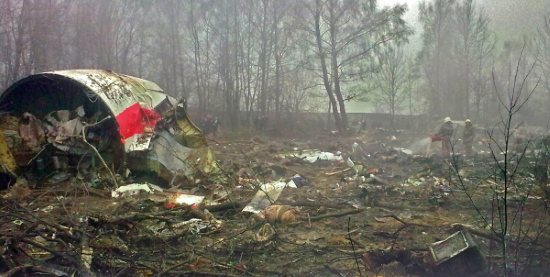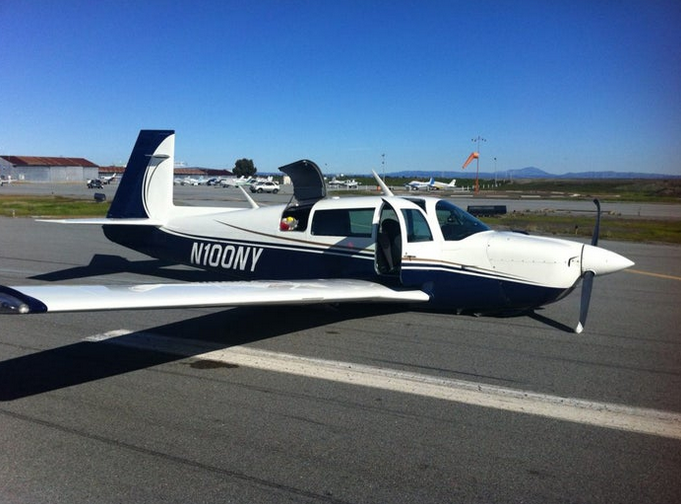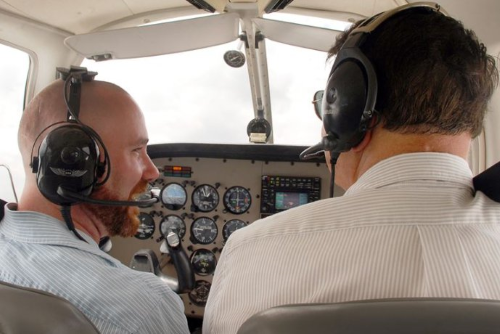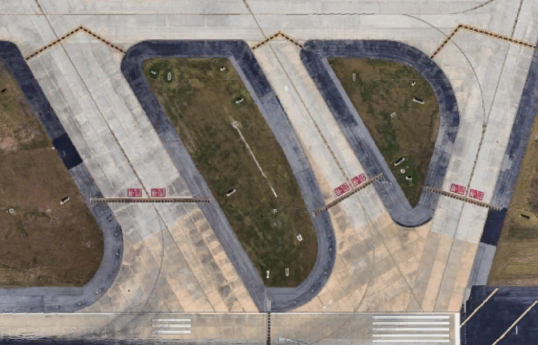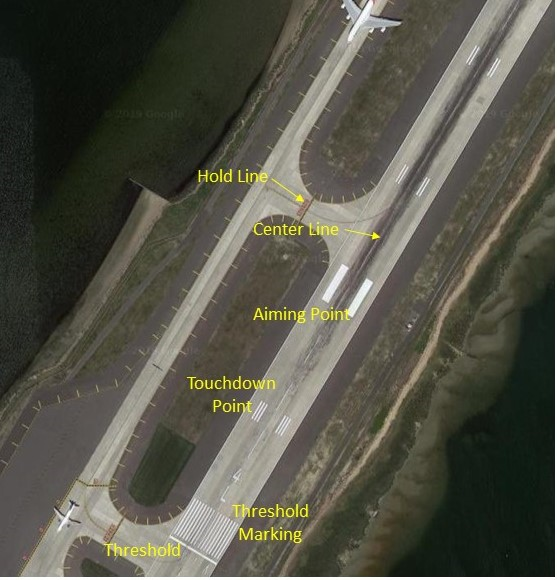By definition, Controlled Flight Into Terrain (or CFIT) occurs when an airworthy aircraft, under control by a qualified pilot unaware of his position, flies into the ground, water, or obstacles. We can assume that a typical pilot or flight crew will not knowingly fly into the ground or an obstruction! According to the FAA, 17% Read More…
Blog
GUMPS Check Explained
Every pilot is familiar with checklists. Even on the simplest aircraft, there are tasks and actions that should be accomplished before, during, and after a flight. Omitting or forgetting a key step can result in poor performance (leaving flaps down or mixture rich) or damage to the aircraft (failure to extend landing gear or advancing Read More…
Biennial Flight Review Explained
To start off this article, we thought it would be important to quote the exact FAA’s requirements for the Biennial Flight Review, or BFR. Here it is below: “Federal Aviation Regulations § 61.56 Flight review. (a) Except as provided in paragraphs (b) and (f) of this section, a flight review consists of a minimum of Read More…
Taxiway Markings, Signs, and Lights Explained
Like runway markings, taxiway markings are standardized throughout the world. A quick look at the layout of Atlanta Hartsfield International Airport demonstrates the need for clear and consistent markings and signs to allow flight crews to navigate to and from any one of the runways. It is important that pilots understand taxiway and runway markings Read More…
Runway Markings Explained
As pilots taxi to or from takeoff or landing, especially at major commercial airports, markings on the taxiways and runways provide important guidance. Under normal operations, this guidance is mandatory, so pilots must recognize and know what these markings mean. Here we describe the runway markings in approximately the same sequence the pilot would see Read More…

